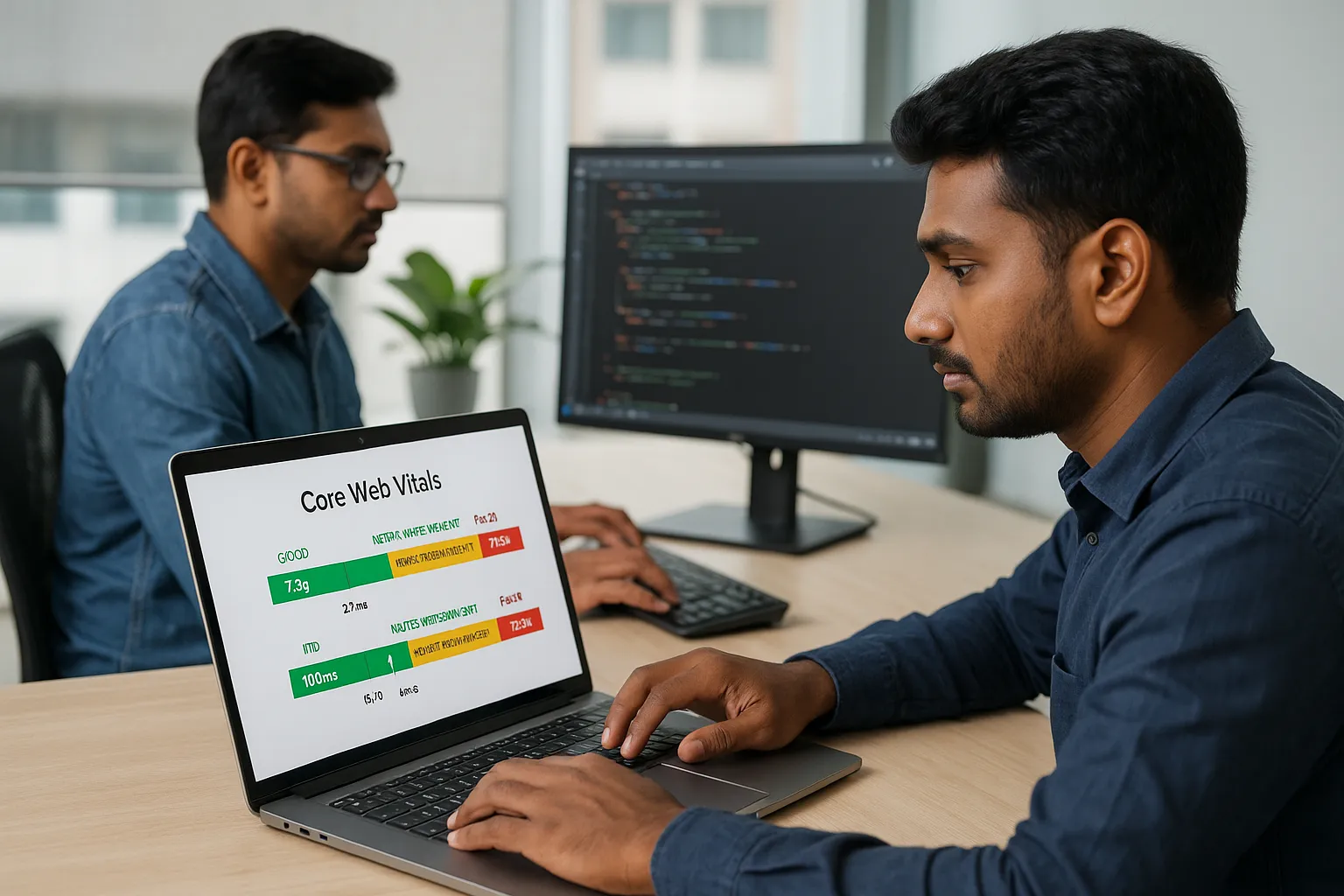Blog
Posted by Tinil Joseph on 2025-08-14
In 2025, Google’s ranking systems integrate large-scale language models (LLMs), multimodal understanding and continual feedback from user interactions. That has reshuffled the traditional hierarchy of on-page elements. Yet one truth remains: pages that demonstrably satisfy the searcher’s intent with clear, trustworthy information win more visibility—whether in classic SERPs, AI Overviews or conversational answers generated by tools like ChatGPT.
Through the 2023-2024 Helpful Content and Core Updates, Google confirmed that collections of signals are evaluated in concert to judge a page’s helpfulness. The result is a weighted “quality composite” rather than a single dominant factor. However, SEO experiments and patent analyses still let us infer relative importance. At Gilead Digital we group on-page elements into three tiers for 2025:
| Weight Tier | Elements (highest influence first) | Reason these signals matter in 2025 |
|---|---|---|
| Tier 1 – Primary signals | 1. Main content section 2. Title tag 3. Page experience metrics (CWV + INP) 4. First H1 | LLM-driven ranking relies on *contextual scoring*. The central copy, its originality and its alignment with the query is scored word-by-word against massive vector databases. Title tags and H1s still serve as anchoring summaries that guide both crawlers and AI snapshots. Speed and interaction metrics are folded into the Experience dimension of EEAT. |
| Tier 2 – Supporting signals | Structured data, internal link context, image alt text, canonical URL, meta robots directives | Machine learning combines these with Tier 1 to validate topical focus and crawl clarity. Entity-rich schema boosts eligibility for AI Overviews and Bing Deep Answers. |
| Tier 3 – Reinforcement signals | Meta description, social graph tags, outbound link quality, file naming conventions | These have indirect impact on CTR, sharing and freshness, which in turn feed user engagement models. |
Google’s Information Gain patents reward unique insights instead of reformulated summaries. Large language models are now able to detect:
A practical takeaway: invest more effort in research than in rewriting. Embed primary data (customer surveys, proprietary benchmarks, case studies) directly inside the page copy—it carries detectable uniqueness signals.
While auto-generated titles appear in AI previews, the original <title> is still parsed first because:
Guidelines for 2025:
Solar Inverter Sizing Guide | BrandName.Core Web Vitals expanded with Interaction to Next Paint (INP) in March 2024. Our log-file studies show that pages passing all four vitals receive a 4-7 % visibility lift after major updates compared with laggards. Additionally, Google’s Chrome Engagement Signals (session stickiness, scroll depth, copy-paste events) are now fed into its Nov. 2024 Habitat model for long-click prediction.
Action points:

Schema.org markup no longer just powers rich snippets; it helps Google’s Search Generative Experience (SGE) build answer panels. The most impactful types for 2025:
HowTo, FAQPage and Product for commerce sites.Author and Organization with sameAs links to reinforce EEAT.Dataset to qualify for Gemini-powered Data Explorer cards.Tip: Include about and mentions properties to disambiguate entities (“Madras High Court” vs “Chennai High Court”).
With the shift from PageRank to TopicRank vectors, Google weighs not only the number of internal links but the anchor phrase and surrounding sentence. A descriptive anchor like enterprise SEO audit checklist transfers clearer topical signals than a generic “click here”.
At Gilead Digital we follow a two-step rule:
Multimodal algorithms (Google MUM, Gemini Vision) extract semantic labels from images. Properly optimised visuals can therefore influence ranking for visual search and AI Overviews.
Checklist for 2025:
aria-label where relevant.ChatGPT, Claude and Perplexity rely on retrieval-augmented generation (RAG). They query search indices or proprietary crawls, then choose citations that match the prompt intent and appear authoritative.
Factors that help your page become a cited source:
og:image and a crisp meta description for preview cards.When these assistants cite a URL, click-through spikes can be significant. A November 2024 case study in the SaaS niche recorded a 22 % session uplift from Perplexity referrals after adding an FAQPage schema block and refreshing statistics.
Generative AI is a productivity boon, but Google’s March 2024 Content Authenticity update explicitly penalised “mass-generated” pages with minimal human oversight. Best practices:
A hybrid workflow we apply at our Chennai digital marketing agency:
Result: content that scales efficiently yet satisfies EEAT.

Ready to strengthen your on-page strategy for 2025? Reach out to the team at Gilead Digital—Chennai’s results-driven digital marketing agency—and let’s turn your webpages into undeniable authority hubs.
hello@gileaddigital.in +919003116482 +919940380371
Chennai
F1 IPPO 5 OMR Road,
Chemmancherry Chennai 600119.
Kochi
4th floor Pallippattu Dew Building,
Near Lulu Mall Edappally,
Kochi 682024